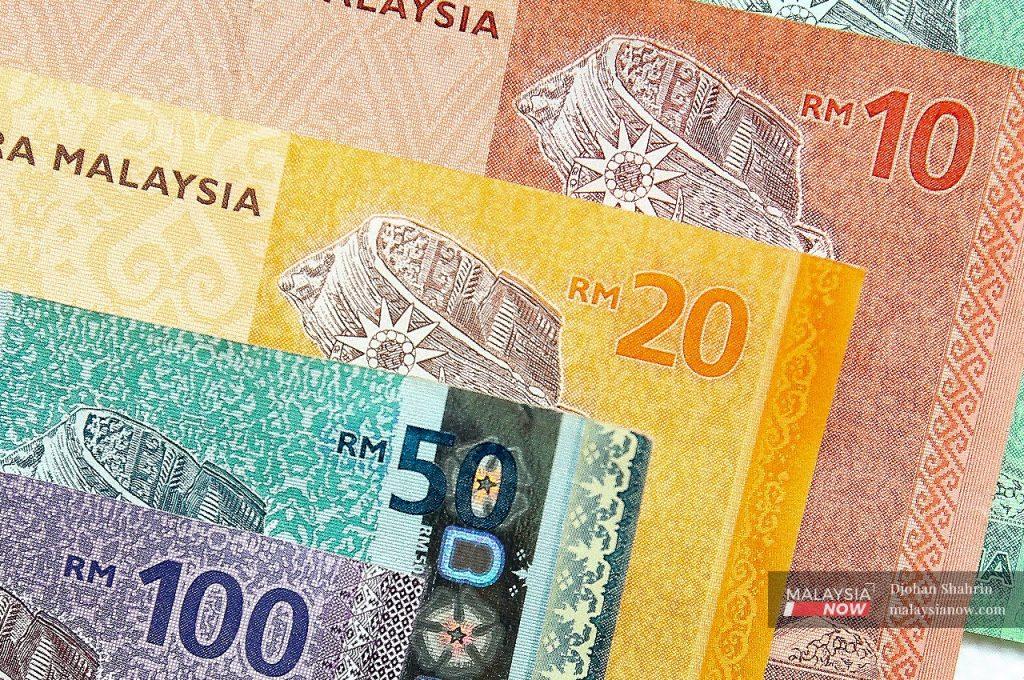A case for pegging the ringgit
The fact remains that the 1998 pegging was successful.
Just In
Bank Negara knows best about the management of the ringgit. It should not be pegged.
However, I am curious about how pegging the ringgit in 1998 helped in the economic recovery of Malaysia. I say this because even the International Monetary Fund (IMF) and the World Bank agreed that Malaysia did the right thing.
Admittedly, the financial situation then was worse than it is now. And our reserves then were not as big as they are now. Still, we overcame the financial and economic problems caused by the depreciation of the ringgit through pegging the ringgit at RM3.80 per US dollar.
When the ringgit is pegged, will it cause the outflow of foreign investments in Malaysia? From the little that I know about finance, outflows of foreign investment are due to the expectation of further depreciation of the ringgit or shares. When the ringgit was pegged, there was no further depreciation against the US dollar. Assured of the value of their investments, the need to divest was removed.
Let’s say an investor invested US$1 million at a time when the ringgit was stronger – say, RM3.80 per US dollar. Effectively, his investment would be worth RM3.8 million in Malaysia. This value would be sustained when the ringgit is pegged.
But if the ringgit depreciates to 4.5 per US dollar, he would get only US$844,000 from his US$1 million investment should he divest. Fearing further depreciation, he would change the ringgit into US dollars and get out with US$844,000. He would have lost US$156,000.
A merchant importing in US dollars would have to change RM4,500,000 to get US$1 million if the ringgit depreciated to 4.50 against the US dollar. Obviously when the ringgit depreciates, the cost of one million imports in US dollars would be RM4,500,000.
On the other hand, if the ringgit was pegged at 3.80, the cost of import would be only RM3.8 million per US$1 million. A pegged ringgit would save RM700,000 in the cost of import.
When the ringgit depreciates, the cost of production is lower if there is no pay revision upwards. On the other hand, the cost of imported raw materials and components would increase and negate the gain from the lower wages. Logistical costs would also increase, again reducing the gain from production costs. A depreciated ringgit does not necessarily reduce the cost of production.
Assuming that the ringgit remains pegged at RM3.80 per US dollar, the cost in ringgit will not change. Budget estimates would be sustainable.
Wherever an importer wishes to buy something in US dollars, the central bank should have enough US dollars to sell at the pegged rate i.e. RM3.80 per US dollar.
In 1998, the central bank had less reserves. We did not know whether the reserves were held in cash, and if in cash, in what currency. Still, we were able to change ringgit into US dollars so as to pay in US dollars. Now, the central bank has more reserves in US dollars, I believe. Earnings in US dollars should be deposited with the central bank, in exchange for ringgit. There should be no shortage of US dollars when needed.
There were problems, of course. But we were able to set up sub-committees to deal with them in 1998. This included the recapitalisation of banks and businesses.
The fact remains that the pegging was successful. As mentioned above, the IMF and World Bank admitted that Malaysia did the right thing and helped other countries overcome the serious devaluation of their currencies as well. We were even able to deal with CLOB, the stock market set up by Singapore.
I am just curious. We have more savings and reserves now compared to 1997-8. Yet I am told that if we peg, we may go bankrupt?
And neither have they suggested any possible solutions.
The views expressed in this article are those of the author(s) and do not necessarily reflect the position of MalaysiaNow.
Subscribe to our newsletter
To be updated with all the latest news and analyses daily.
